How to Choose the Right Electric Charging Points for Your Business Needs
As the demand for electric vehicles (EVs) surges, businesses are increasingly recognizing the importance of strategically selecting Electric Charging Points that meet their specific needs. According to a recent report by the International Energy Agency, the number of electric cars on the road has surpassed 10 million globally, a figure projected to double by 2025. This shift presents an opportunity for companies to not only support the growing EV market but also enhance their operational efficiency and attract eco-conscious customers. Moreover, the U.S. Department of Energy notes that the availability of charging infrastructure can significantly influence consumers' decisions to adopt electric vehicles, making it imperative for businesses to make informed choices about their charging solutions. By understanding the various types of Electric Charging Points available and assessing their capacity, location, and compatibility, businesses can position themselves at the forefront of the EV revolution while facilitating sustainable practices and improving customer satisfaction.
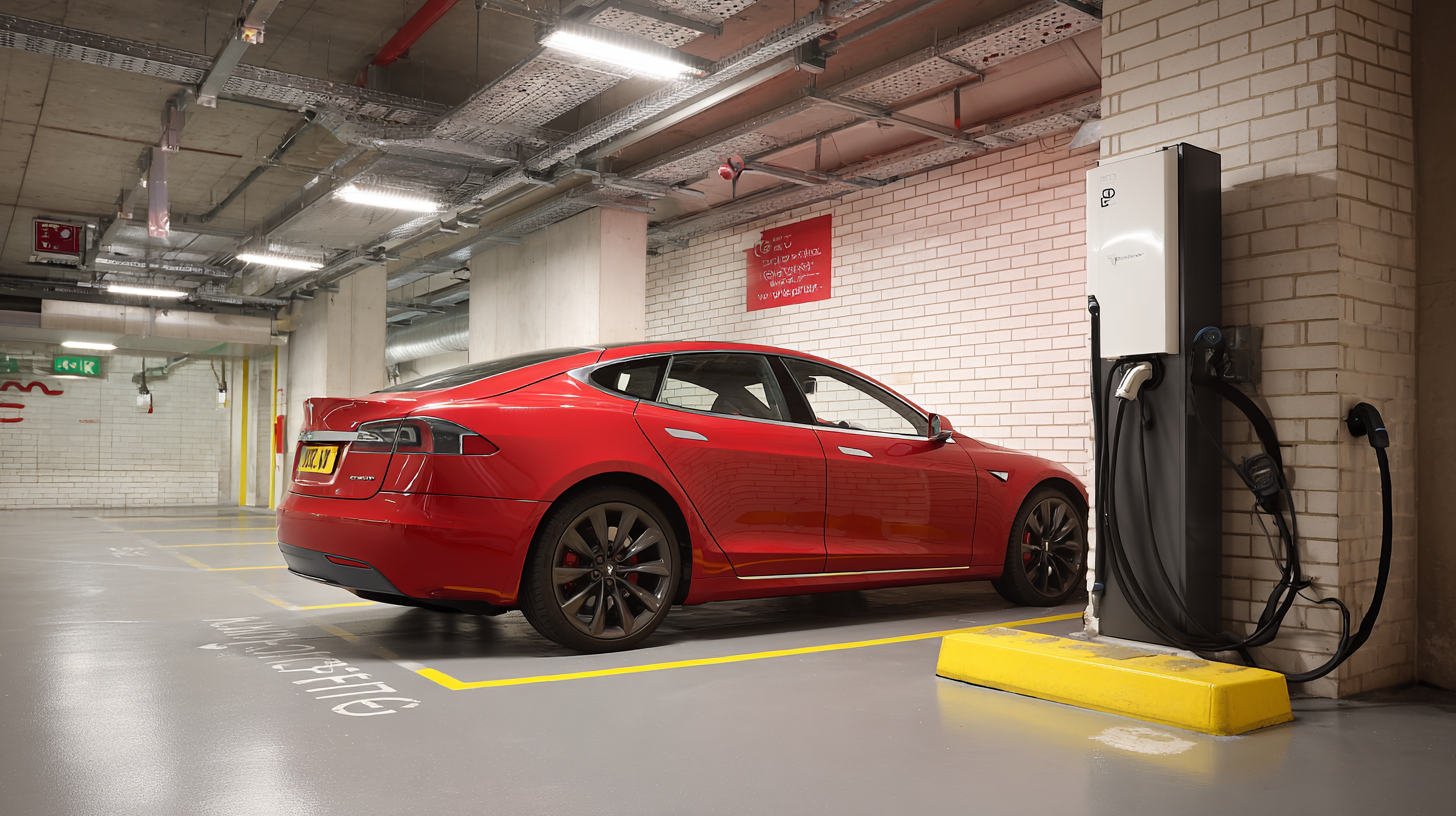
Identifying Your Business's Electric Vehicle Charging Requirements
When determining the electric vehicle (EV) charging requirements for your business, the first step is to assess the needs of your employees and customers. Consider the number of EVs that may need charging at peak times and the typical duration of their stay. Understanding whether your business will primarily cater to employees, visitors, or a mix of both can significantly influence the type and number of charging points needed. For instance, a workplace with a large fleet of company cars might require multiple fast chargers, while a retail location might only need a few standard chargers for customers.
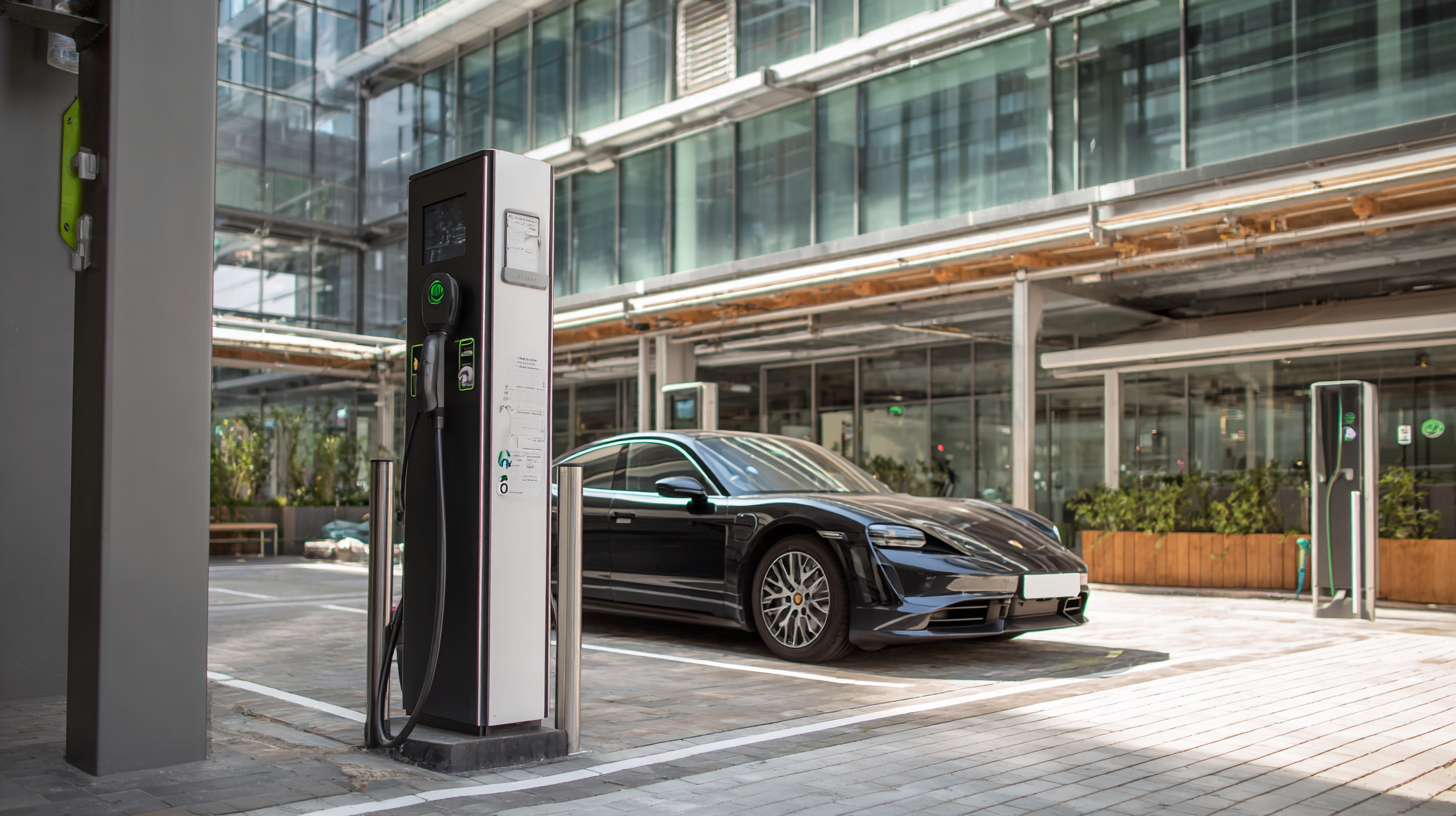
Next, evaluate the type of charging stations that align with your business model and available infrastructure. Level 2 chargers are a popular choice for workplaces due to their balance of cost and charging speed, making them suitable for extended parking durations. In contrast, fast chargers may be more appropriate for high-traffic commercial areas where customers expect quicker turnaround times. Additionally, consider future-proofing your investment by choosing charging points that support various network services and payment systems, ensuring that your facilities remain adaptable as EV technology and customer preferences evolve.
Evaluating Different Types of Electric Charging Points Available
When evaluating different types of electric charging points available for your business, it’s essential to consider the specific needs of your operations. There are three primary types of charging stations: Level 1, Level 2, and DC fast charging.
Level 1 chargers, which use a standard 120-volt outlet, are best suited for businesses that do not require quick turnaround times. They work well in environments where vehicles are parked for an extended period, like offices or hotels.
On the other hand, Level 2 chargers provide a faster charging solution, operating on a 240-volt circuit. These are ideal for businesses looking to attract electric vehicle (EV) drivers who may need a quick top-up while shopping or dining.
For companies with a high volume of EV traffic or those that need rapid charging for fleet vehicles, DC fast chargers are the way to go. These units can charge a vehicle to about 80% in as little as 30 minutes, making them perfect for convenience stores, highway rest stops, or rental car agencies that require quick service turnaround.
Each type of charging point serves different purposes, so choosing the right one will depend on your business model and customer needs.
Understanding Installation Costs and Site Considerations for Charging Stations
When considering the installation of electric charging points for your business, it’s essential to understand the associated costs and the specific site considerations. According to a report by the International Council on Clean Transportation, the average cost of installing a Level 2 charger ranges from $2,500 to $7,000, depending on the complexity of the site and the electrical infrastructure available. Factors such as the distance from existing electrical panels, site accessibility, and local permitting requirements can significantly affect these costs.
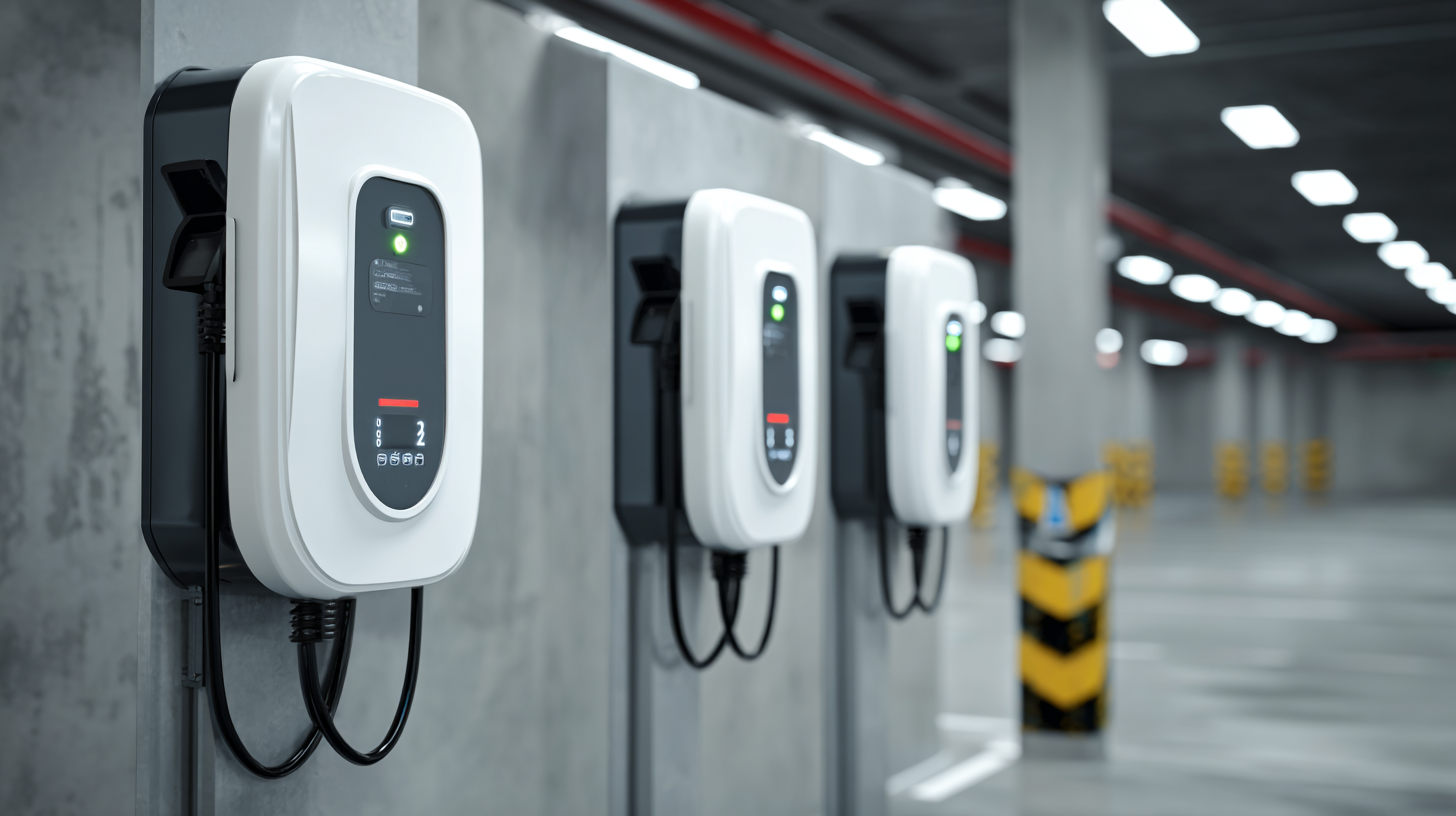
Additionally, site considerations play a crucial role in optimizing the usage of charging stations. Research by the Electric Vehicle Infrastructure Projection Tool indicates that strategic placement of charging points can increase utilization rates by up to 40%. It’s vital to assess customer behavior and traffic patterns to select optimal locations that enhance convenience for users. Furthermore, ensuring compatibility with various electric vehicle models can broaden your clientele and improve satisfaction, ultimately maximizing the return on investment.
Assessing Charging Speed Options and Their Impact on Business Operations
When selecting electric charging points for your business, assessing charging speed options is crucial. Fast charging stations can significantly enhance the efficiency of your operations by reducing the time customers spend waiting for their vehicles to recharge. For businesses with high traffic, such as retail or hospitality venues, providing faster charging solutions can improve customer satisfaction and encourage repeat visits. Businesses need to evaluate the charging speeds available—level 2 chargers typically offer a good balance between charging time and cost, while DC fast chargers serve businesses that require quick turnarounds.
Moreover, the impact of charging speed extends beyond customer experience; it also influences operational workflows. Businesses must consider how charging infrastructure integrates with daily activities. For instance, a fleet-based operation requiring frequent vehicle availability would benefit from faster charging options to minimize downtime. Additionally, understanding peak usage times can help determine the number and type of chargers needed to maintain smooth operations. Ultimately, choosing the right charging speed aligns not only with customer expectations but also with the overall efficacy of the business model.
Exploring Incentives and Grants for Electric Charging Infrastructure Investment
Investing in electric charging infrastructure is becoming critical for businesses as the electrification of transportation continues to rise. According to the International Energy Agency (IEA), the global number of electric vehicles (EVs) is projected to reach 145 million by 2030. This surge emphasizes the necessity for businesses to enhance their charging capabilities, especially when considering incentives and grants provided by governments and local authorities. For instance, the U.S. Department of Energy offers funding opportunities through programs like the Alternative Fueling Infrastructure Grant, providing up to 80% of the costs associated with installing EV chargers for eligible projects.
Furthermore, reports from the Electric Power Research Institute (EPRI) indicate that investing in EV charging infrastructure can lead to significant long-term financial benefits for businesses. In addition to potential rebates and tax credits that may cover installation costs, businesses can draw in new customers and improve employee satisfaction by providing convenient charging options. This proactive approach not only aligns with sustainability goals but also positions businesses favorably in an increasingly eco-conscious market, creating a dual advantage of supporting green initiatives while enhancing their competitive edge.
Related Posts
-

How to Optimize Your Electric Charging Points for Maximum Efficiency and User Satisfaction
-
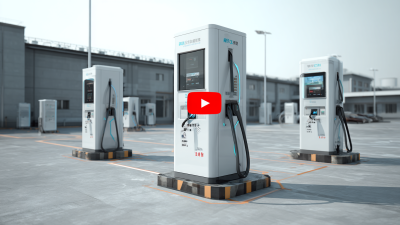
Quality Driven Chinese Manufacturing of Market Leading Electric Charging Solutions
-
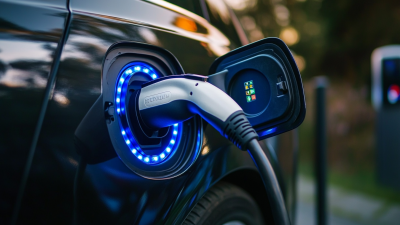
Understanding After Sales Benefits and Repair Costs for the Best Electric Car Charger
-

Exploring Innovative Alternatives to Best Car Charging Stations for Global Purchasers
-
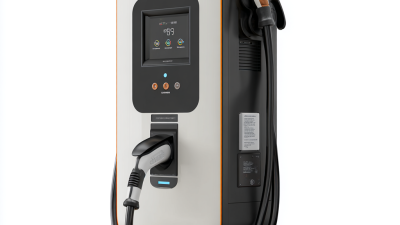
What Makes the Best Chargepoint Ev Charger Essential for Global Buyers
-
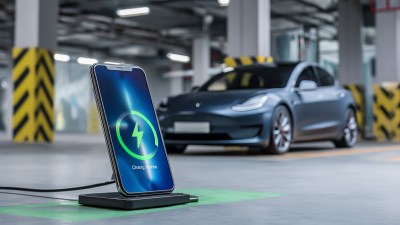
Innovative Solutions for Efficient Charging Station Performance Optimization
